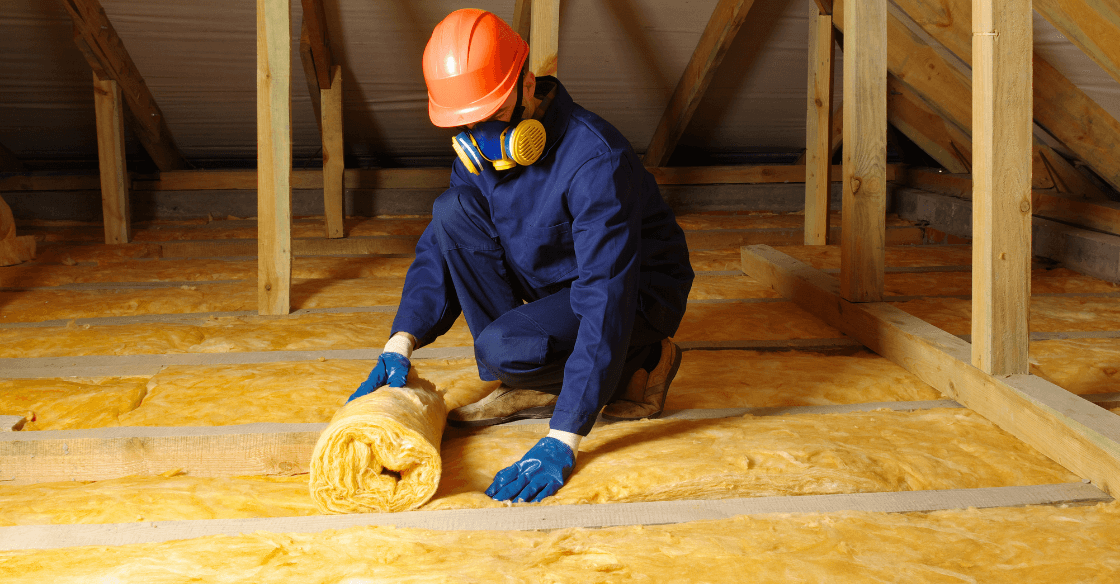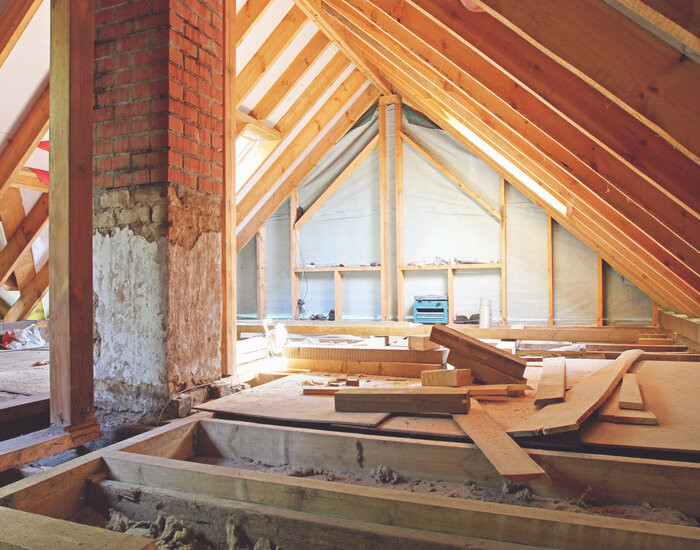Signs Your Attic Insulation Wasn’t Installed Correctly 🏠❄️

When you invest in attic insulation, you expect to see improved energy efficiency, more comfort, and a balanced home temperature. However, after installation, some homeowners are left wondering if the job was done right. Perhaps you’re noticing cold spots, drafty areas, or increased energy bills, even after upgrading your insulation. This may indicate a bad attic insulation install, and it’s crucial to identify whether the installation was executed properly. 🔍
Visual Signs of a Poor Insulation Job 👀

There are several visual indicators that suggest your attic insulation may not have been installed correctly. These signs often appear quickly after installation and can be detected without much effort.
1. Compression or Uneven Distribution
One of the most common insulation contractor mistakes is compressing the material. When insulation is improperly installed or too much weight is placed on it, the material can become compressed, reducing its effectiveness. Compression leads to gaps in the insulation, allowing heat to escape or enter, which will lead to temperature imbalances in the house. This is particularly noticeable during the winter months when cold air infiltrates through uninsulated areas. ❄️↔️🔥
2. Inadequate Coverage
Good insulation should cover the entire attic floor with no gaps. However, many installations fall short. Whether it’s poor workmanship or a miscalculation in the amount of insulation required, you might notice patches of attic insulation missing or thinner in some areas. This lack of complete coverage creates a weak barrier against heat transfer, which is counterproductive to what insulation is meant to achieve. ⚠️🧩
3. Misaligned Batts or Loose Materials
If you opted for batt insulation, misalignment is another issue to look for. Insulation batts must be carefully aligned with joists, and they should fill the space without gaps. When misaligned, they leave space for air to move through, reducing the overall thermal resistance of the insulation. This issue can be particularly noticeable if you’re using batt insulation in your attic, as misalignment often results in gaps that are visible with a quick visual inspection. 🔄❌
Common Mistakes Contractors Make ⚠️👷♂️
Hiring an insulation contractor with the right expertise is important, but even the best professionals can make errors. Here are some common mistakes that might affect the performance of your insulation:
1. Blocking Vents
An often overlooked issue is the blocking of attic vents. Adequate ventilation is essential in ensuring your attic remains dry and cool, especially during the warmer months. If your insulation is installed over vents or obstructs airflow, it can lead to moisture buildup and mold growth, which will affect your home’s indoor air quality. Additionally, blocked vents can contribute to the temperature imbalance in the house. 🚫🌬️💧
2. Failing to Address Air Leaks
Proper insulation goes hand-in-hand with air sealing. If the insulation contractor didn’t check for air leaks before installation, all the insulation in the world won’t solve your home’s temperature issues. Air leaks are common around windows, doors, and vents, and they allow conditioned air to escape and unconditioned air to enter, making your insulation less effective. Ensuring that air leaks are sealed before installing new insulation is vital for optimal performance. 🪟🚪🛠️
3. Incorrect Insulation Type
Using the wrong type of insulation can lead to bad attic insulation installs. For example, placing fiberglass over cellulose without proper barriers can lead to inefficiency. While fiberglass is often used for its insulation value, it’s not always the best choice when combined with other materials. A professional should assess the best type of insulation based on the specific needs of your attic space, climate, and your home’s energy efficiency goals. ❌🧱✔️
How to Check Insulation Without Going into the Attic 🔦🏠

It’s not always necessary to crawl deep into your attic to check for improper installation. Here are some basic methods homeowners can use to assess insulation quality:
1. Inspecting Visible Areas
Start by looking at the attic hatch, attic door, or other accessible areas where insulation might be visible. Check if the insulation appears consistent throughout, without gaps or areas of compression. You should also check the edges where the insulation meets the walls or other obstacles — this is a common area for gaps or improper installation. 👀
2. Use a Flashlight
If your attic isn’t easily accessible, you can use a flashlight to illuminate the area near the eaves. This allows you to check for signs of misalignment or compression from below without needing to go in the attic. Shine the light on different areas to check for visible gaps or areas where the insulation may not be properly installed. 🔦✨
3. Energy Bill Analysis
If you notice significant changes in your energy bills after installation, this could indicate that your insulation isn’t working as intended. Attic insulation should help reduce energy consumption by maintaining consistent indoor temperatures. If your energy bills have increased or are higher than expected, it may be a sign of a poor installation job. 📈💸
What’s Fixable and When to Call the Professionals Back 🛠️👷♀️
If you notice any of the insulation contractor mistakes outlined above, some issues may be fixable on your own, while others will require a professional. Here’s a quick breakdown:
1. Fixable Issues
Misalignment of batts can be corrected by re-positioning or adding more material in the affected areas. 🔄
Compression issues may require adding additional layers of insulation, or replacing the compressed sections with new material. ➕
Sealing air leaks can often be done without professional assistance, using caulking or weatherstripping. 🏠🔧
2. When to Call the Pros
If your insulation appears to be blocking vents or if moisture is present, you’ll need a professional to assess the issue and make repairs. 🚨
If your contractor made a major error such as using the wrong type of insulation or improperly sizing the material for your attic, you’ll likely need to call the contractor back for a more thorough fix. 📞
Verifying Your Insulation Job ✅🔍
Checking the attic insulation after installation is crucial for ensuring comfort and energy efficiency in your home. While many issues can be caught visually or through simple checks, some problems may require a more detailed inspection by a professional. As a homeowner, understanding the common insulation contractor mistakes and how to verify the job can help you ensure that your investment in attic insulation performs as expected.
By following these simple guidelines, you can easily determine if your insulation was installed correctly and take steps to address any problems before they lead to higher energy bills or uncomfortable living spaces. 🏡💡









